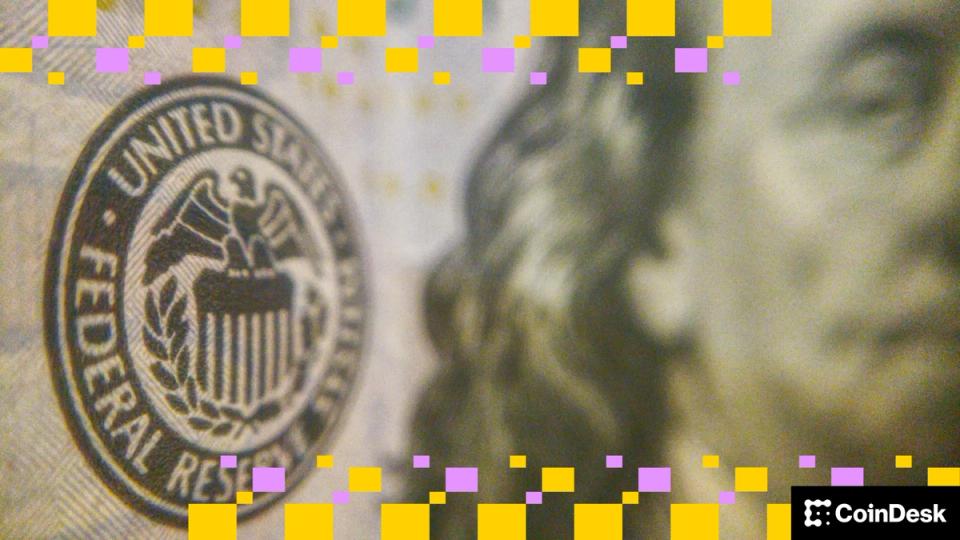The US Federal Reserve (Fed) recently injected $29.4 billion into the banking system to alleviate liquidity concerns, which has generated optimism in the cryptocurrency market, particularly for Bitcoin (BTC). This move is part of the largest overnight repurchase operation since the onset of the 2020 pandemic and aims to ease liquidity stress that has been affecting Bitcoin prices.
The operation, conducted through the Standing Repo Facility (SRF), provides temporary cash to primary dealers and banks, helping to normalize repo rates and prevent a freeze in short-term money markets. Repo transactions are short-term loans where one party lends cash overnight against collateral, typically US Treasury bills. These transactions influence banks’ reserves, affecting their ability to meet regulatory requirements and conduct operations.
Recent liquidity issues stemmed from quantitative tightening (QT) and the Treasury’s increased cash deposits in the Fed’s accounts, diminishing the amount of loanable cash. As bank reserves fell to $2.8 trillion and repo rates rose, the Fed stepped in to inject liquidity via the SRF, counteracting these tightening effects.
While this liquidity boost may provide temporary support to risky assets like Bitcoin, it should not be mistaken for quantitative easing (QE), which involves direct asset purchases by the Fed. The recent actions are intended as short-term fixes rather than indications of a shift toward aggressive monetary policy. Analysts like Andy Constan believe the current economic situation will stabilize without further drastic measures, but express caution as elevated interest rates could persist.
Source link


